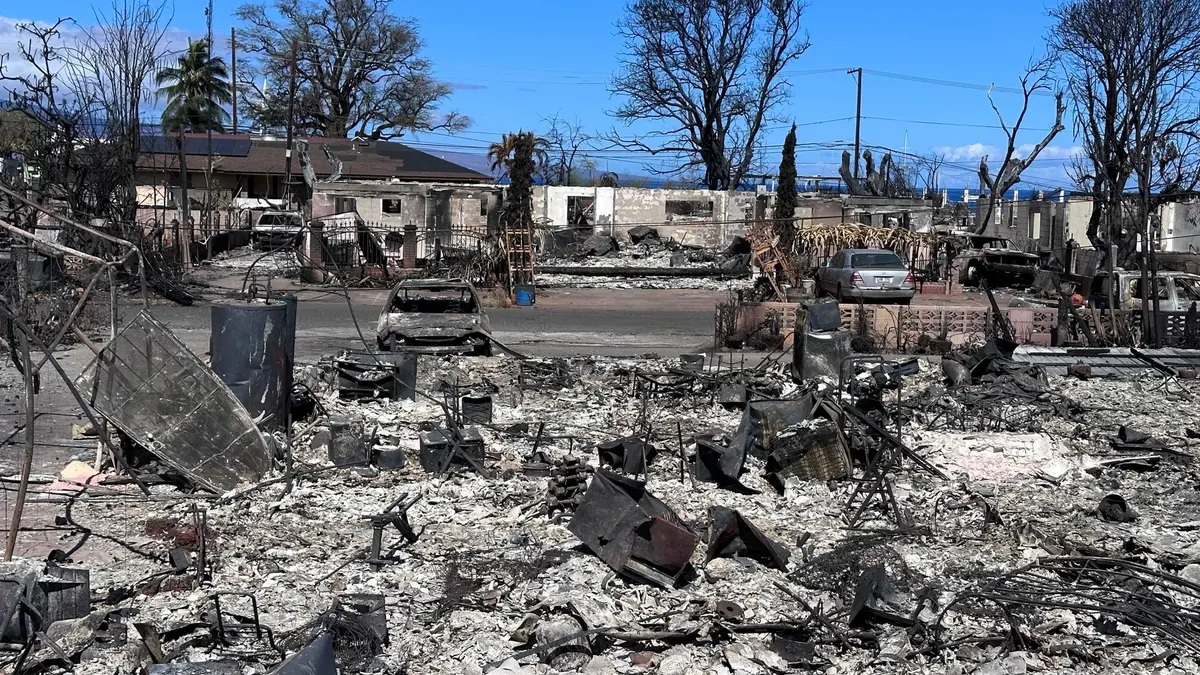
2023 has been the warmest year on record. A year of record heat not only at a global level, “but in many places we have had episodes of extreme heat,” as pointed out by laSexta meteorologist Marta Barbolla.
This global warming results in extreme weather events. “It is increasingly demonstrated that what warming is causing is an alteration in the dynamics of the atmosphere, the air masses are moving more and more intensely,” Jorge Olcina, director of the Climatology Laboratory of the University of Alicante.
An example of these extreme phenomena is the destructive storm Daniel which at the end of summer spread terror in Greece, Turkey, Bulgaria and Libya, with thousands of dead and tens of thousands displaced.
As Jaime Ribalaygua, president of the Climate Research Foundation, describes, it was “totally extraordinary”, due to its extension and also due to the moment in which it appeared. “There are scientific studies that show that without the C02 emissions emitted by humans into the atmosphere, this summer’s damage would not have been possible,” explains the expert.
The Torrential rainsLikewise, they submerged Auckland, the most populated city in New Zealand, and devastated the Italian region of Emilia Romagna, causing 15 deaths.
2023 will also be remembered for the fires that destroyed almost 19 million hectares in Canada. But those in Hawaii were the most expensive for its population, with a cost of 3,700 euros for each inhabitant of the archipelago.
If we continue in this warming process, global economic losses will be higher. The drought damage Of this they have cost us Spaniards 2.4 billion euros, almost 50 euros per head.
Therefore, the sooner we seriously start reducing emissions, and not just proposing it, the less warming we will have and perhaps we will avoid reaching that 2ºC rise, “which would be like hitting a wall,” says Ribalaygua.
This is the great challenge to tackle in the coming years, to stop emitting greenhouse gases so as not to cross that threshold into the unknown.
Source: Lasexta
Ricardo is a renowned author and journalist, known for his exceptional writing on top-news stories. He currently works as a writer at the 247 News Agency, where he is known for his ability to deliver breaking news and insightful analysis on the most pressing issues of the day.












